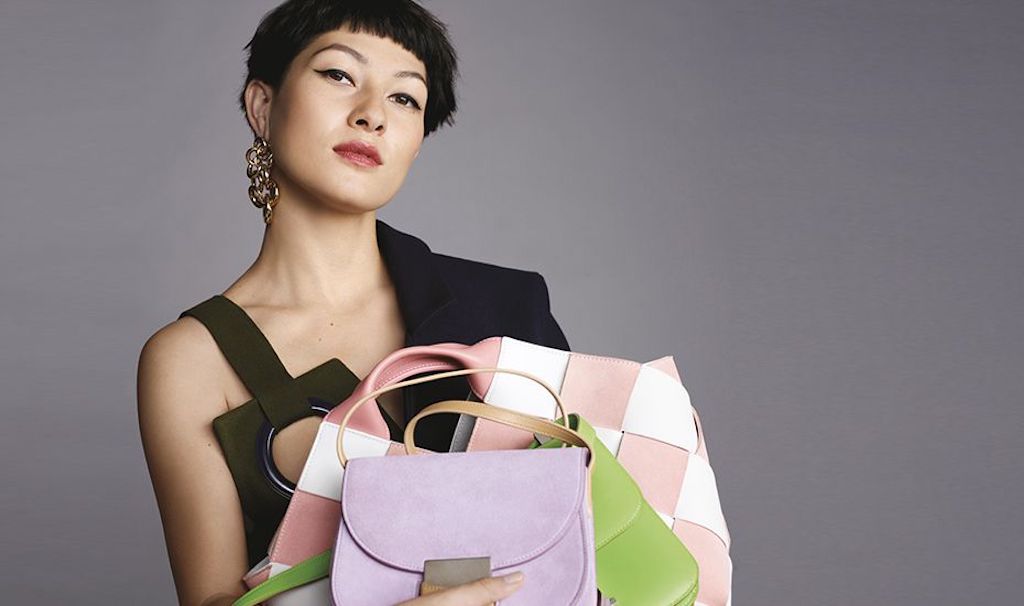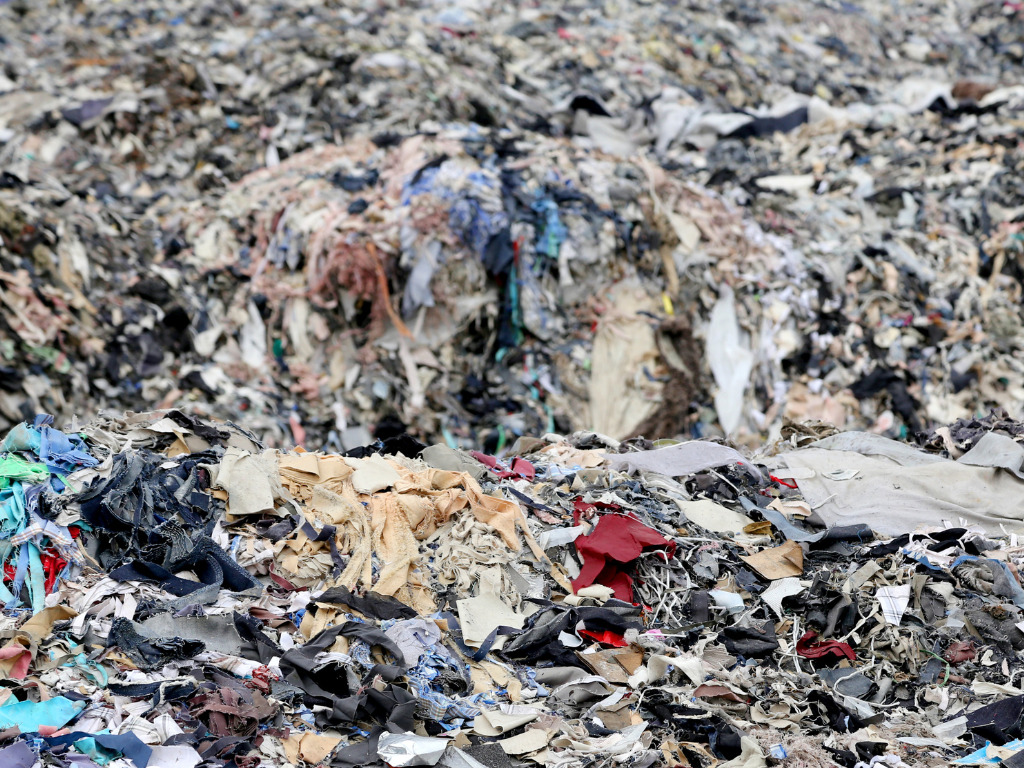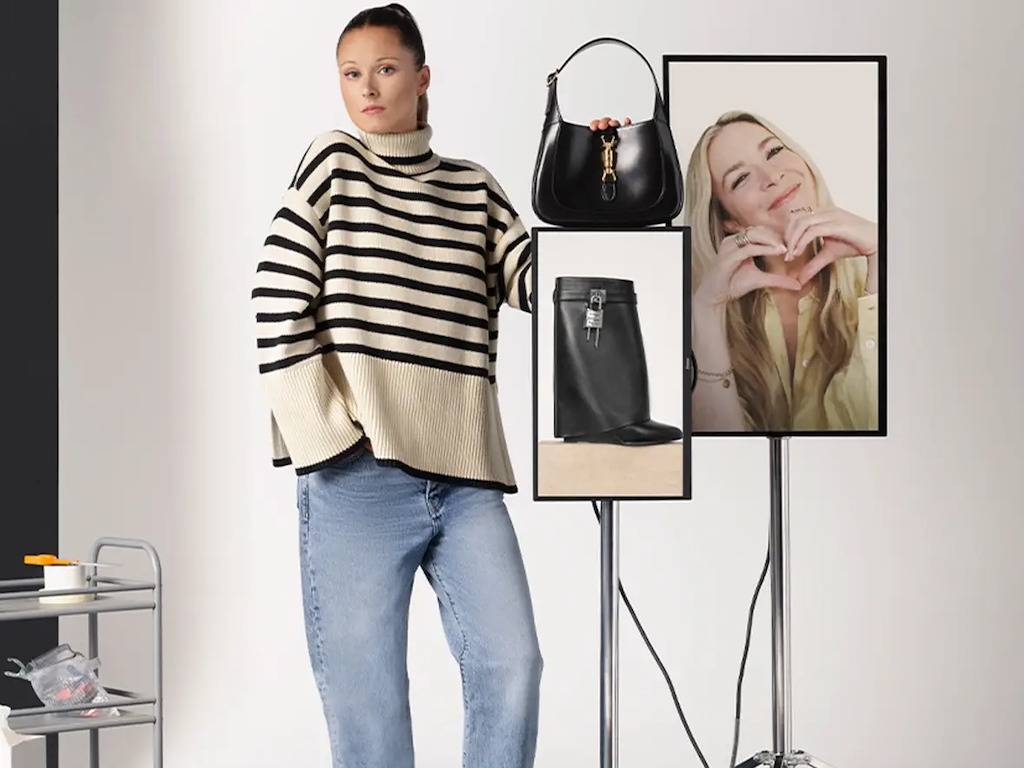Unpopular Opinion: Second-Hand Luxury Fashion Is Not Fixing Our Global Waste Problem
6 Mins Read
The paradox of pride: an anthropologist and marketing professor on why second-hand fashion is not a true threat to the luxury industry.
In today’s world, sustainability, waste reduction, and responsible consumption are hot topics. And yet, in this climate-conscious era, the allure of luxury, exclusivity, and the prestige of owning a high-end brand hasn’t waned in the slightest. It’s quite the paradox, don’t you think?
From this fascinating contradiction, second-hand luxury fashion has stepped into the spotlight, offering many of us the chance to experience the thrill of luxury without the hefty price tag. In fact, the global market for secondhand fashion is expected to grow 127% by 2026 to $218 billion, and luxury resale in particular is predicted to be worth $68.53 billion by 2028. But does this mean the end of the luxury fashion industry as we know it? Well, from my deep dives into consumer psychology and anthropology, the answer is a resounding “No”, and here’s why.
The psychology of luxury consumption
Delving into why second-hand luxury isn’t a threat to the luxury fashion industry, we need to understand the psychology of luxury consumption. Research in social psychology tells us that our desire to own luxury items is largely driven by a complex emotion: pride. Researchers Karl Aquino and Jessica Tracy found that pride has two facets — authentic pride and hubristic pride.
Authentic pride is that warm, satisfying feeling of accomplishment, while hubristic pride is more about arrogance or snobbery. Interestingly, the study found that the emotion driving us to buy luxury items (authentic pride) is different from the feeling we get from showing off those same products (hubristic pride). But that’s a whole other conversation!
The relationship between fashion and status
Fashion captivates us because it satisfies our innate desires for status, and wealth, and self-esteem. Clothes and accessories serve as powerful tools for signalling social standing and power, allowing us to differentiate ourselves and gain recognition within our circles. Moreover, fashion plays a vital role in shaping our self-image, instilling perceived confidence and empowerment.
But despite what our tech-heavy society would have us believe, we aren’t some kind of super-evolved 21st-century hominid, we are still homo sapiens with the same brains from 3,000 years ago when we used to adorn ourselves with feathers and shells as a result of our need for love, acceptance and status. What’s changed today is instead of a dozen or so options, we now have millions of adornment options available and many are just a digital click away.

The psychology of luxury consumption – an anthropological perspective
Different cultures perceive luxury in different ways, leading to distinct consumer behaviours. In collectivist cultures, luxury goods often enhance social status, while in individualistic cultures, luxury consumption is more about personal satisfaction and individual preferences.
For instance, in collectivist cultures such as China and Japan, luxury goods often enhance social status. A study by McKinsey & Company found that 68% of Chinese luxury consumers buy luxury goods to stand out and show success, reflecting the strong influence of social status in luxury consumption. On the other hand, in individualistic cultures like the United States and the United Kingdom, luxury consumption is more about personal satisfaction and individual preferences. According to a report by Boston Consulting Group, 57% of luxury consumers in the U.S. and 55% in the UK purchase luxury goods for their pleasure and to satisfy their personal tastes. These examples illustrate how culture shapes our perception of luxury and influences our consumption behaviours.
From an anthropological standpoint, our consumer behaviour is deeply rooted in our evolutionary history, tracing back to our primate ancestors. The desire for status, wealth, and access to resources is a survival instinct that has been hard-wired into our DNA over millions of years of evolution.
In the animal kingdom, including for our ape ancestors, the ability to accumulate and control resources often equates to higher social standing. This behaviour is observed across various species, from birds collecting shiny objects to apes who control the best feeding grounds. The individuals with the most resources are often seen as the most desirable mates because they can provide for offspring, ensuring their genes are passed on to the next generation. This is a fundamental principle of natural selection and has shaped much of our behaviour, including our consumption habits.
Fast forward to modern human society, and we see these same instincts play out in our consumer behaviour. Luxury goods and wealth are the new ‘scarce resources’ that signal social standing. The ‘immediate reward’ of buying a luxury item can trigger the same dopamine rush that our ancestors might have felt when they secured a valuable resource.
Moreover, despite increased sustainability awareness, our brains, much like those of our ancestors, are wired to prioritize immediate rewards and personal gain over long-term, collective benefits. This is essentially a survival instinct, favouring immediate survival over future uncertainties.
The role of second-hand luxury fashion
Second-hand luxury fashion is basically a stepping stone to the ‘real deal.’ It offers an accessible route to experiencing luxury, potentially whetting our appetite for new luxury items in the future. But here’s the thing: second-hand luxury can never fully satisfy the psychological needs that new luxury goods fulfil.
The feeling of purchasing a brand-new luxury item, from the moment you step into a high-end boutique to the act of unwrapping the meticulously packaged product, is a significant part of the luxury consumption experience. This unique journey contributes to the feelings of exclusivity, prestige, and authentic pride that are linked to luxury consumption.
In fact, some luxury brands, like Chanel, don’t offer e-commerce. This isn’t just a business strategy; it’s a conscious effort to preserve that exclusive, almost ritualistic experience of purchasing luxury goods.
This is why second-hand luxury fashion doesn’t pose a significant threat to the luxury fashion industry. Instead, it complements the industry by offering a more accessible entry point to luxury consumption for those who are unable to afford the real deal. The desire for new luxury items, and the status, exclusivity, and personal gratification they confer, remain undiminished. A controversial study by Deloitte titled ‘Is the resale market as sustainable as we think?’ confirms as much: the authors conclude that “Second-hand goods are often complementary to new goods rather than substitutes. So instead of being reduced, the continuous cycle of overconsumption actually keeps expanding. “
In the grand scheme of human behaviour, the appeal of luxury is a complex interplay of psychological, social, and cultural factors. The rise of second-hand luxury fashion complements the luxury fashion industry by providing an accessible entry point to the luxury experience.
While second-hand luxury would appear to promote sustainability by encouraging consumers to buy used and therefore reduce waste, I would argue that in reality, its contribution to fostering responsible consumption and a more environmentally-conscious lifestyle is limited.

So where do we go from here?
Buying second-hand luxury goods doesn’t significantly curb our appetite for new luxury goods, and as highlighted above, might even stimulate a greater desire for them. Given how many luxury brands have indeed embraced second-hand buying models, it’s clear that the industry understands what may not be immediately apparent to the average consumer: second-hand luxury allows premium brands to cater to evolving consumer preferences and grow their total consumer base while maintaining its allure of exclusivity and status. As we move toward a more sustainable future, the luxury fashion industry will need to adapt, innovate, and redefine what luxury means in this modern era.
So, while we might be patting ourselves on the shoulder as we reach for that second-hand designer bag or watch, let’s remember that our penchant for luxury is deeply rooted in our evolutionary psychology and need for acceptance. It’s not just about the fashion industry; it’s about us as human beings and how we perceive status, pride, and desire. As we strive for a more sustainable world, it’s essential to remember that second-hand luxury isn’t the solution to textile overconsumption and waste, but another way to feed our desire for luxury and status.
With additional reporting and research by Sonalie Figueiras.





